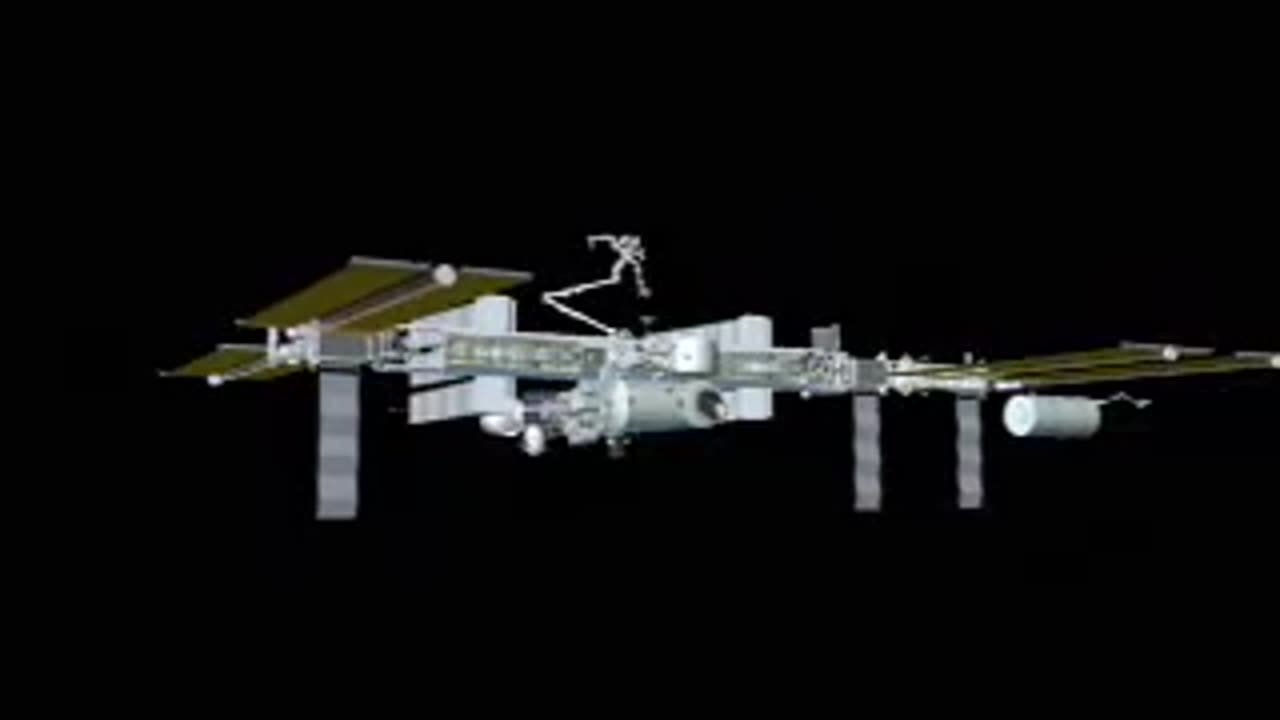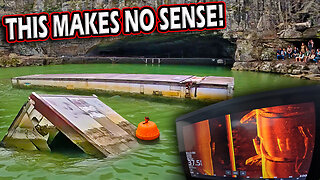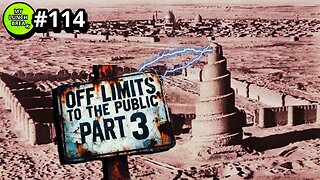Premium Only Content

ISS Assembly Sequence
The International Space Station (ISS) was assembled in space over multiple missions, and the process took several years. Here's a simplified overview of the ISS assembly sequence:
Launch of the First Component (Zarya): In November 1998, the Russian module Zarya (which means "Sunrise" in Russian) was launched into orbit. It served as the initial power and propulsion module.
First American Component (Unity): In December 1998, the U.S. module Unity (Node 1) was launched and attached to Zarya, serving as a connecting hub for future modules.
First Crew (Expedition 1): In November 2000, the first long-term ISS crew arrived aboard a Soyuz spacecraft, marking the beginning of continuous human presence on the ISS.
Expansion and Additions: Over the years, various modules and components were added, including Russian modules like Zvezda and Pirs, American segments like Destiny (the U.S. Laboratory Module), and solar arrays for power generation.
Space Shuttle Missions: The Space Shuttle played a critical role in the assembly of the ISS. Shuttle missions delivered and attached major components, conducted spacewalks, and performed maintenance. These missions continued until the retirement of the Space Shuttle program in 2011.
Crew Rotation: Crews continued to live and work on the station, conducting scientific experiments and performing maintenance and repairs.
International Partners: Besides NASA and Roscosmos, other space agencies like the European Space Agency (ESA), Japan Aerospace Exploration Agency (JAXA), and Canadian Space Agency (CSA) contributed modules and components to the station.
Completion: The assembly of the ISS was officially completed in 2011 with the installation of the Permanent Multipurpose Module and the Alpha Magnetic Spectrometer.
The ISS continues to orbit Earth, serving as a space laboratory for scientific research, international cooperation in space exploration, and a platform for testing technologies for future deep space missions. Keep in mind that this is a simplified overview, and the actual assembly involved numerous missions and intricate work conducted by astronauts in space.
-
 34:27
34:27
The Connect: With Johnny Mitchell
10 hours ago $1.28 earnedCan He Stop Them? Inside Trumps War On Mexican Drug Cartels & The New Era Of Mexican Organized Crime
5.53K2 -

Tundra Tactical
2 hours ago $1.76 earnedLuis Valdes Of GOA Joins The Worlds Okayest Firearms Live Stream!!!
6.45K -
 1:03:41
1:03:41
Man in America
11 hours agoAre Trump & Musk the COUNTER-ELITES? w/ Derrick Broze
20.4K15 -
 LIVE
LIVE
DLDAfterDark
2 hours ago $2.32 earnedDLD Live! SHTF Handguns! Which Would You Choose?
617 watching -
 1:50:38
1:50:38
Mally_Mouse
5 hours agoSaturday Shenanigans!! - Let's Play: Mario Party Jamboree
26.1K -
 1:13:00
1:13:00
Patriots With Grit
9 hours agoWill Americans Rise Up? | Jeff Calhoun
20.3K10 -
 14:55
14:55
Exploring With Nug
9 hours ago $8.20 earnedWe Found Semi Truck Containers While Searching for Missing Man!
40.4K7 -
 27:57
27:57
MYLUNCHBREAK CHANNEL PAGE
16 hours agoOff Limits to the Public - Pt 3
74.8K57 -
 38:07
38:07
Michael Franzese
9 hours agoLeaving Organized Crime and Uncovering Mob in Politics: Tudor Dixon and Michael Franzese
70.1K14 -
 2:42:54
2:42:54
Jewels Jones Live ®
2 days agoAMERICA IS BACK | A Political Rendezvous - Ep. 111
58.9K46